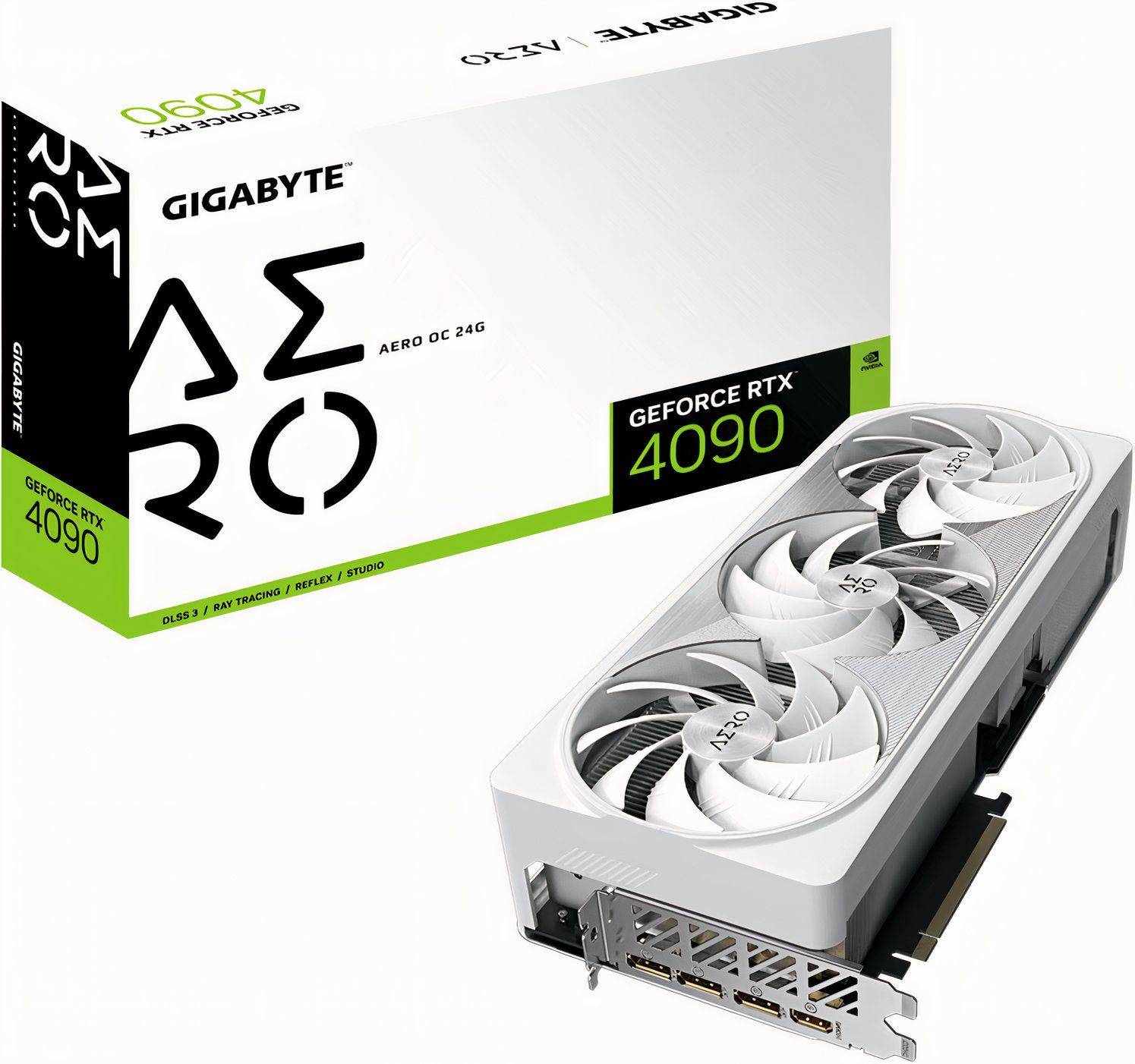Nvidia's DLSS 4: A Quantum Leap in Gaming Performance
Nvidia's CES 2025 announcement of DLSS 4 for the GeForce RTX 50 Series GPUs marks a significant advancement in gaming technology. This latest iteration introduces Multi-Frame Generation (MFG), a revolutionary feature capable of dramatically boosting performance.
DLSS, or Deep Learning Super Sampling, is Nvidia's AI-powered upscaling technology. It leverages Tensor Cores to enhance visuals and frame rates by rendering at a lower resolution and then intelligently upscaling to higher resolutions. DLSS 4 builds upon this foundation, adding MFG to generate up to three additional frames per rendered frame, resulting in up to an 8X performance increase. This translates to stunning 4K visuals at 240 FPS with full ray tracing enabled.
The magic behind DLSS 4's performance gains lies in the innovative combination of hardware and software. New AI models, coupled with hardware enhancements like Flip Metering and upgraded Tensor Cores, accelerate frame generation by 40%, reduce VRAM usage by 30%, and optimize rendering processes for maximum efficiency. The integration of transformer-based AI models also delivers superior image quality with enhanced temporal stability and reduced artifacts. Games like Warhammer 40,000: Darktide already showcase the benefits of these improvements. Furthermore, features like Ray Reconstruction and Super Resolution, utilizing vision transformers, create highly detailed and stable visuals, especially in ray-traced scenes.
Backward compatibility is a key feature. At launch, 75 games and applications will support MFG, with over 50 titles integrating the new transformer-based models. Major titles such as Cyberpunk 2077 and Alan Wake 2 will have native support, and an Override feature will allow users to enable MFG and other enhancements in older DLSS integrations. This broad compatibility ensures that current and future RTX users can benefit from DLSS 4's transformative capabilities.
 $1880 at Newegg $1850 at Best Buy
$1880 at Newegg $1850 at Best Buy






![NighTly Ritual – New Version 2.0 [Okyo]](https://images.51ycg.com/uploads/55/1719595294667ef11ef4096.jpg)








